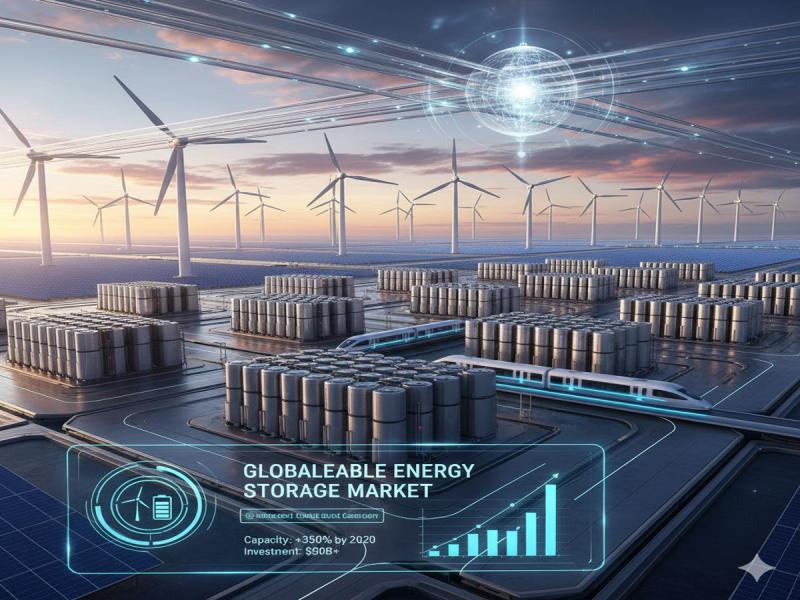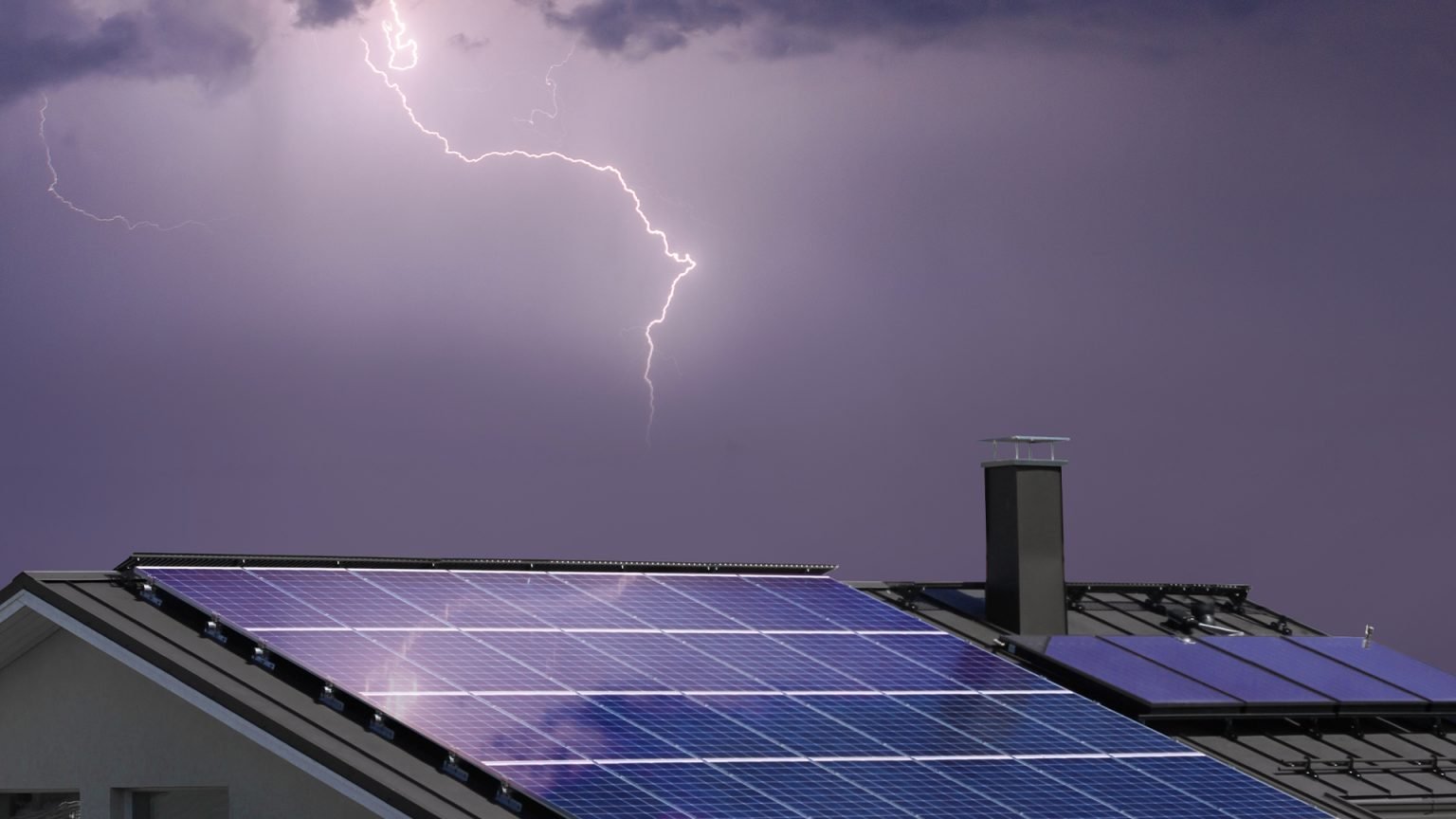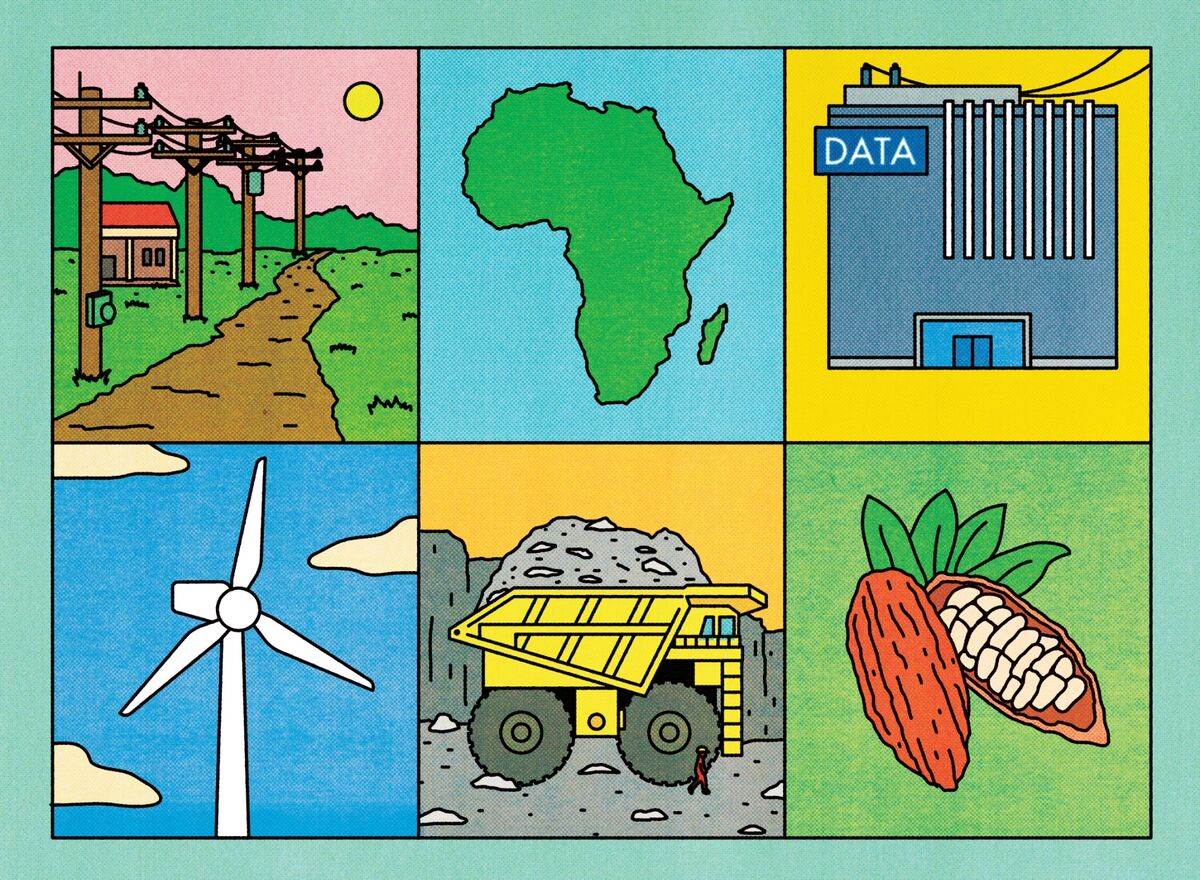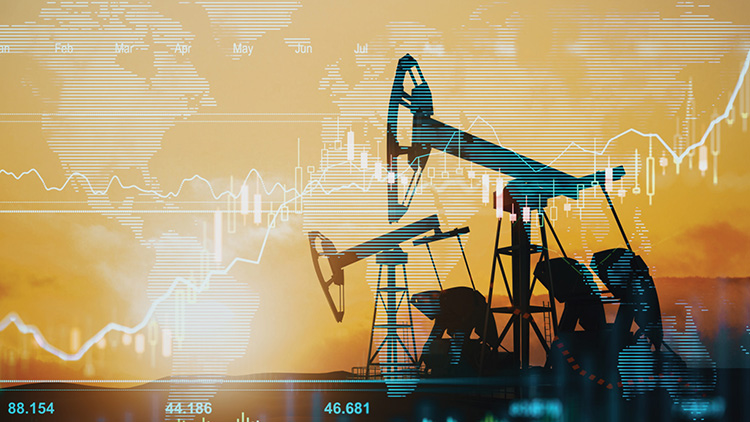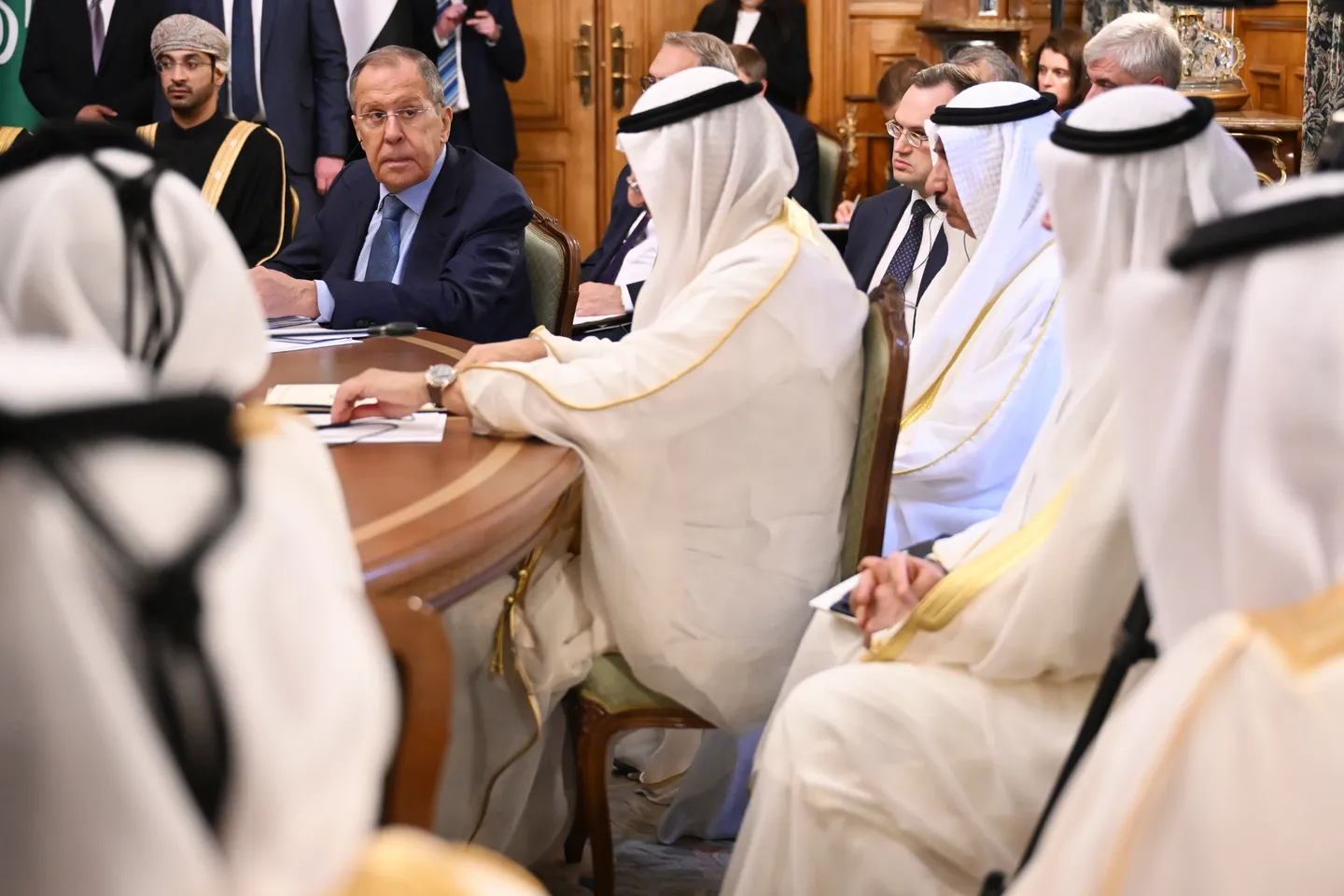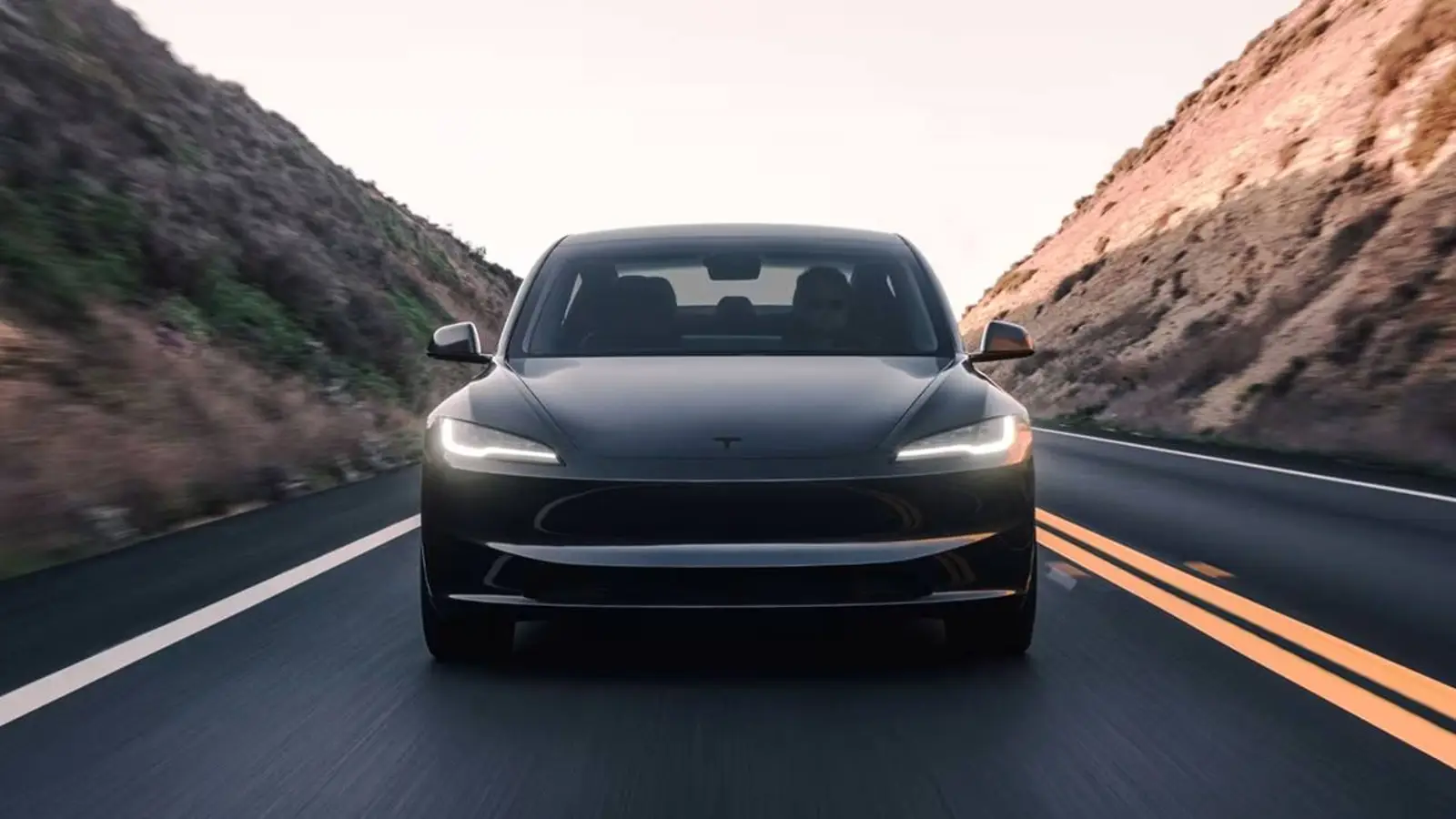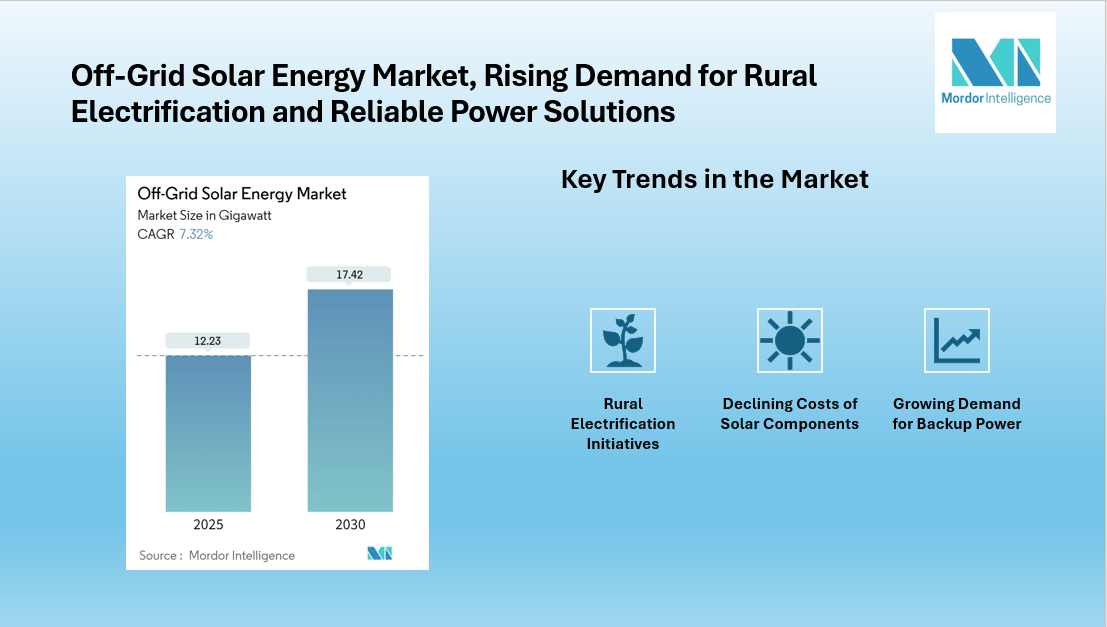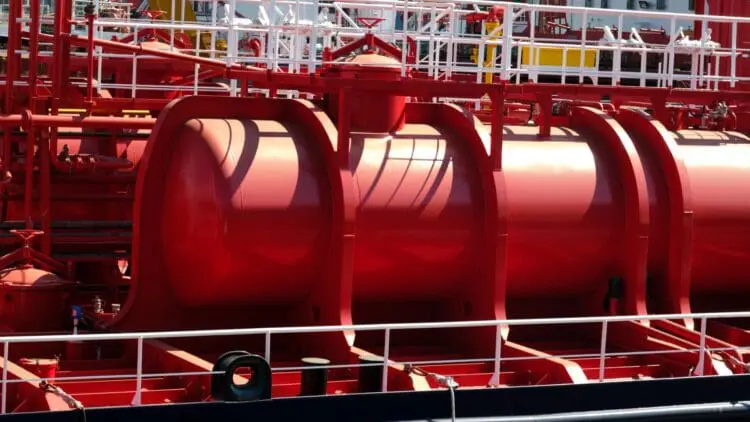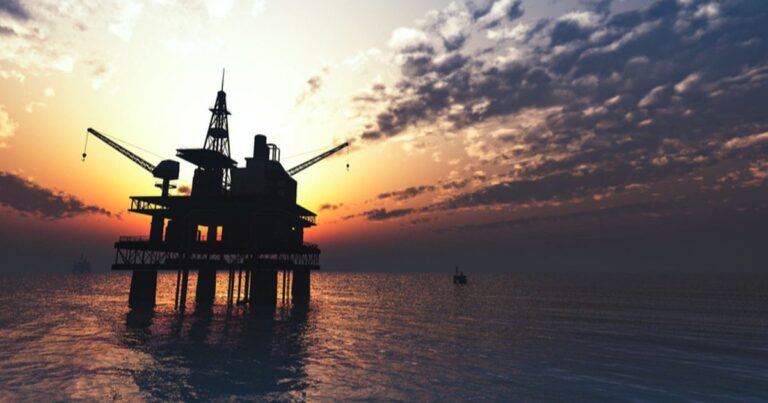Energy Markets

Middle East to pour $40 billion into upstream oil and gas projects in 2025
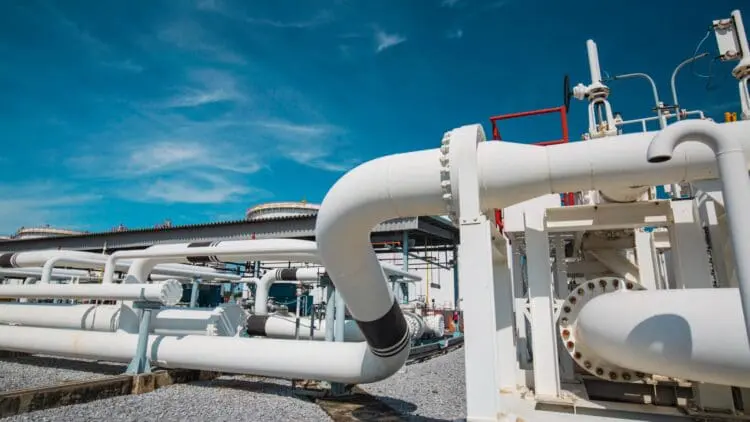
While some nations in the world opt to phase out the reliance on the conventional oil and gas sectors, the countries in the Middle East are set to increase upstream spending in 2025. The world has become acutely aware of the need to transition to the renewable energy sector; however, in the short term, the Middle East is set to spend up to $40 billion this year in the upstream sector. This will provide a much-needed lifeline to the traditional oil and gas sector, enabling it to remain the dominant force in the global energy sector.
The Middle East is the cornerstone of the conventional upstream sector, and will remain so at the current rate
The nations in the Middle East have become immensely wealthy thanks to the vast natural resources at their disposal. Oil and gas have been the cornerstone of their economies for generations, and the proposed spending of $40 billion will ensure that it remains so for the foreseeable future.
According to the 2025 edition of the IEA’s annual World Energy Investment report, the global investments in the upstream oil and gas sector are declining, preferring to focus on the good old reliable Middle East sector instead. The ongoing geopolitical problems that have emerged in nations like the United States and China have resulted in the projected billion-dollar spending spree due to take place in the Middle East sector this year.
Reports state that, overall, the Middle East is set to invest about $130 billion in oil and gas supply in 2025, with Saudi Arabia accounting for $40 billion of that planned spending. Other nations in the Middle East region are also set to see significant spending in the upstream sector this year.
Several Middle Eastern nations are set to spend record amounts on the upstream sector this year
Putting the $40 billion investment from the Kingdom of Saudi Arabia aside, other Middle Eastern nations are also set to spend vast amounts of money in the upstream sector.
Qatar is among the nations making waves in the upstream sector, no doubt boosted by the apparent positive relationship with the United States, which also produces vast amounts of gas and oil at the moment. Domestic investment has ramped up sevenfold in Qatar over the past ten years, marking a crucial step in the nation’s plans to become a regional leader in the sector. It’s worth noting as well that foreign investment has quadrupled in the same period.
Qatar has even diversified its stake in the upstream sector by taking a stake in Egypt’s offshore North Cleopatra exploration block.
““Amid the geopolitical and economic uncertainties that are clouding the outlook for the energy world, we see energy security coming through as a key driver of the growth in global investment this year to a record US$3.3 trillion as countries and companies seek to insulate themselves from a wide range of risks. The fast-evolving economic and trade picture means that some investors are adopting a wait-and-see approach to new energy project approvals, but in most areas we have yet to see significant implications for existing projects.” – IEA Executive director Fatih Birol
Global investments in the upstream sector are gravitating to the Middle East, as reported by the IEA
While some parts of the world turn to the renewable energy sector, global investments in the conventional oil and gas upstream sectors are set to reach a record $3.3 trillion, as noted by the International Energy Agency. Other nations are clinging on for dear life to the upstream sector as well, like Australia, which recently approved the extension of the North West Shelf gas project. Despite the apparent proclivity for the renewable energy sector, the Middle East is set to invest a record amount in the upstream sector this year.



